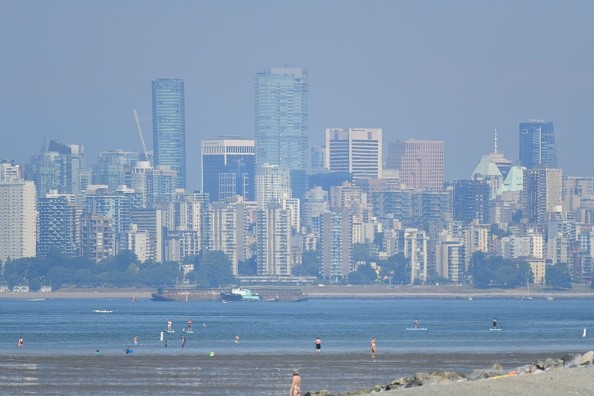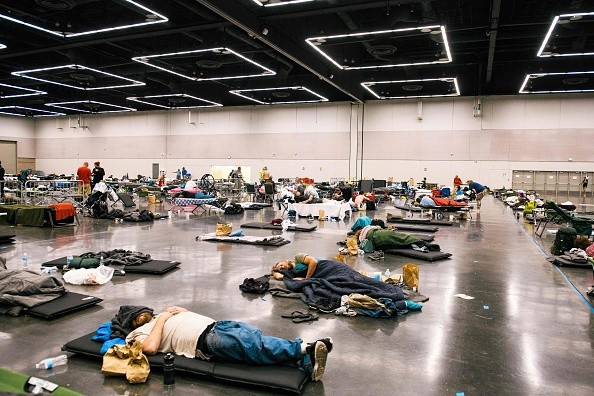Last year's summer was accompanied by the fear of Covid-19, social distancing, and health problems linked to the heat that affects tens of millions of Americans.
Over a quarter of the US population experienced ill health and there is a possibility it could get worse, research reveals.

Effects of Extreme Heat
As per a study released this week, over a quarter of the American residents experienced the effects of extreme heat during those times. People had health symptoms such as nausea and cramps, and also an inability to focus. Additionally, the effect of the heat affected low-income households the most.
The focus of the study is on last summer but because of the severe heatwaves that affected the US this year - western states mostly, it increases the likelihood that the impact of extreme heat will possibly be worse this 2021.
As per the National Weather Service, the greatest killer of Americans which is related to weather is heat. This means the US government will need creative thinking pertaining a means to assist individuals badly in need of it in the current summer and also in the coming year as the climate crisis potentially get worse.
People at Higher Risk of Experiencing Heat-related Symptoms
A scientist at the National Center for Atmospheric Research in Colorado whose name is Olga Wilhelmi said: "Looking ahead, it's critical that local, state, and federal officials have the necessary resources to safeguard the health of the most vulnerable."
Wilhelmi added saying they have been aware of severe heat risk for several decades, and the pandemic actually revealed how susceptible some parts of society are, particularly in a multi-hazard condition. Hot weather coupled with a pandemic actually joins together to escalate systemic susceptibilities that have been known for many years.
Last year's July, August, and September, Wilhelmi and her team surveyed over 3,000 adults. The researchers were getting to know severe heat experiences and symptoms of heat stress and also ways to avoid the heat.
Wilhelmi and her team discovered that women and people in low-income homes, and those referred to as Hispanic or Latino are the people who were at higher risk of experiencing symptoms related to heat. Symptoms of heat varied from muscle cramps and nausea to fainting and confusion.

The Triple Threat
Wilhelmi explains that "the biggest impacts happened in low-income communities, especially in socially isolated individuals without access to cooling."
Last spring, when the coronavirus pandemic began it was a triple threat. Many portion of the country had stay-at-home orders, in the homes of millions of people there was no sufficient access to cooling. Also, they may not have suitable assistance and this is because the pandemic disrupted resources of the community.
Cities and local governments have made efforts to establish cooling centers and also monitoring people at home. But the pandemic reduced these efforts.
Related Article: Extreme Heat is Blanketing US, Putting Over 81 Million Residents Under Heat Warning
For more news, updates about heat waves and similar topics don't forget to follow Nature World News!
© 2025 NatureWorldNews.com All rights reserved. Do not reproduce without permission.





